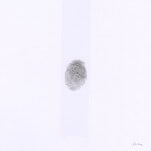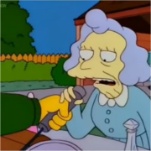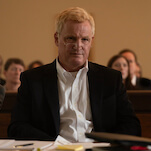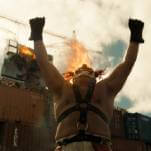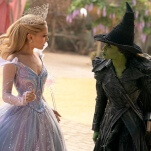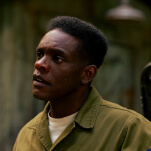In comics, bodies can contort and shift and slide in every way imaginable—changing in size, proportion, color, or detail, from panel to panel, without losing a sense of continuity between them. Gender and sexuality also communicate something to others that changes based on context. In comics, that context can change from panel to panel: The character is (quite literally) remade, again and again, every time the reader moves their eyes. Each time, the body is a little different. The imprecise and uncanny process of remaking the figure serves as the clearest representation for the way that bodies change in real life. This makes the medium especially well suited to representing the body. Tommi Parrish, in their recent graphic novel, The Lie And How We Told It (Fantagraphics Books), evidences as much.
Structured as a story and a story within that story, the book is divided into two parts. The first concerns a brief encounter between two characters, Cleary and Tim. Tim, we are to assume, is a cis-man, and he identifies as straight. Cleary is assumed to be a cis-woman who identifies as bisexual. The two were friends when they were younger, and as they catch up, they experience the mutual sadness that accompanies trying to relive old friendships. They exchange stories of love and lust, and Tim makes a revelation about his own sexuality. Parrish writes it as awkward and fumbling, with Tim’s explanations of events butting up against the terms he prefers to think of himself in. There is a bittersweet quality to the whole thing, and it feels at once true to life and disheartening.
Parrish illustrates these scenes in a lush painterly aesthetic, and they feel soft as a result. The linework is simple and clean, but the characters’ bodies move haphazardly from moment to moment: masses push their lumpy way around characters’ extremities, as though through a squishy tube of liquid. Parrish’s drawings here feel intuitive and affecting, contrasting with the book’s second part, a metafictional comic called “One Step Inside Doesn’t Mean You Understand,” which Cleary reads throughout. Here, The Lie And How We Told It’s paper changes, becoming stiff and rough. Parrish draws in a precise, clean style—everything consistent, every object the same from panel to panel. The pages are also produced in a shadow-heavy black-and-white.
Whereas the main book itself feels fluid, dynamic, and intuitive, the metafictional one is stark, stiff, and imposing. The two fictions are pitted against one another as aesthetic opposites, while their narratives mirror one another. “One Step Inside Doesn’t Mean You Understand” concerns a stripper and their pitiable relationship with a customer. Unlike the main book, that story is flatter and sapped of affect. It’s colder, but without sacrificing the complex interrogation of bodies, their relations to others, and their relations to themselves. Like the main book, the metafiction plays with gender, sexuality, desire, and pleasure, but it does so through a different—no, a competing aesthetic mode.
The result is something uneasy and abrasive, something cold and warm, something worth admiring for its imperfections as well as its ecstasies.












